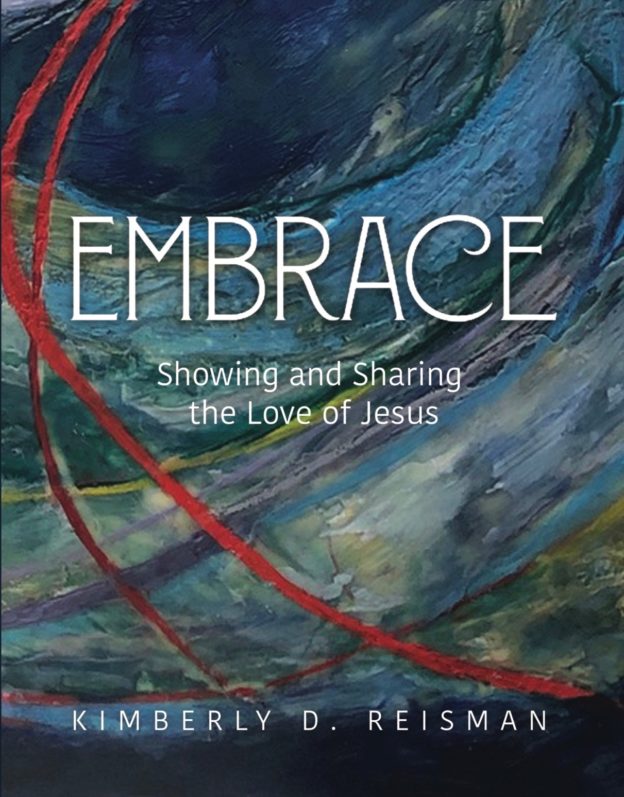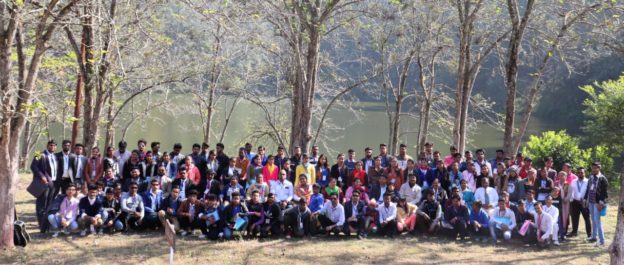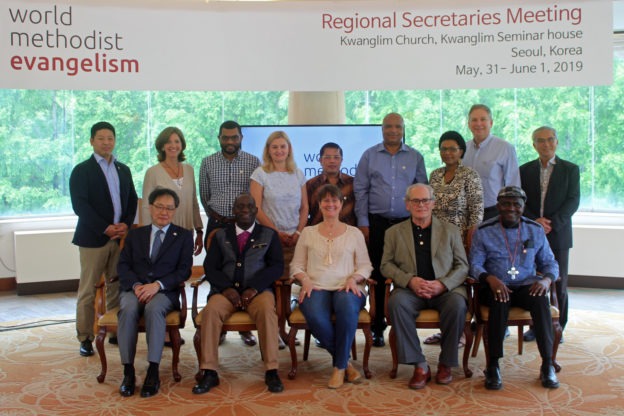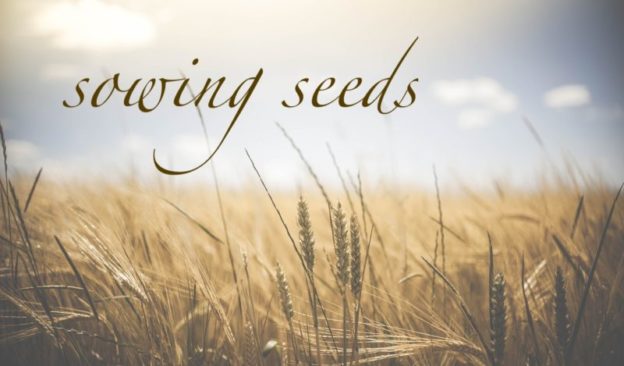Let the message about Christ, in all its richness, fill your lives. Teach and counsel each other with all the wisdom he gives. Sing psalms and hymns and spiritual songs to God with thankful hearts. Colossians 3:16 (NLT)
In many parts of the world, governments set aside a day dedicated to giving thanks. In the United States that day falls on the fourth Thursday of November. On that day people across the US will gather with family and friends to feast, (usually) on turkey and a wide variety of other dishes depending on what part of the country you live in. And after feasting, many will then spend the rest of the day watching (American) football.
It is an odd thing that governments must remind us to be grateful. Gratitude is at the heart of Christian faith!
A long time ago there were about six years that my husband, John and I weren’t able to be with our families at Thanksgiving due to his work obligations. To make up for that loss, we would host a Thanksgiving dinner for all the people in our little neighborhood who were also unable to be with their families.
I remembered those special times when I read a recent Barna-World Vision study focused on young adults age 18-35. The Connected Generation is a global study with participants from 25 different countries. It’s an appropriate title since they found that 57% of young adults feel “connected to people around the world.” Despite that connection, however, only 33% of young adults feel “deeply cared for by those around them” or feel “that someone believes in them.” And 23% report feeling isolated and lonely.*
Gratitude and caring are bound up together. Gratitude is frequently a major response when we experience love and care from another person. We all know how precious it is to have people in our lives who care for us, believe in us, and love us.
That is why the findings in The Connected Generation should give us pause.
Collective Soul is a band I have really enjoyed over the years. Their song, Reach is particularly meaningful as we think about the connection between gratitude and care.
Should I thirst for knowledge, can I beg you for some water
Should I fight your battles, or can I rest upon your shoulders
I hope I’m able to ride out this storm
So come on Gabriel and blow your horn
Reach, reach out to me
Can’t you see I need you to save me
Yeah, reach, reach out to me
Can’t you see I need you to hold me
Should I beg for mercy, can I be the one you treasure
Should I question knowledge, can I have all of your answers
I hope I’m able to find love today
Can I ask you to light my way
Reach, reach out to me
Can’t you see I need you to guide me
Yeah, reach, reach out to me
Can’t you see I need you to love me
Take me out of these walls
Take me somewhere I can see
Take me away from it all
Please just reach out to me**
Gratitude is at the heart of Christian faith. Many of us will gather later this month to celebrate Thanksgiving. We will likely be surrounded by people who are bound to us by love and care, people for whom we are deeply grateful. The question is, are there other people in our lives – at our work, or school, or neighborhood, who do not feel deeply cared for by those around them? Who are lonely and isolated or feel that no one believes in them? Are there those who simply need someone to reach out?
To follow Jesus is to love people. To show and share the love of Jesus is to reach out to others with care, with genuine interest in what is happening in their lives. To show and share the love is Jesus is about living in a way that demonstrates that people can trust that we really do love them the way that we say we love them.
As we turn to God with thankful hearts, I pray that we will all live in such a way that enables others to turn to God in gratitude as well, grateful for the love and care that they have experienced from us.
*The Connected Generation – Barna-World Vision collaborative global research project, 2019 https://www.barna.com/research/global-connection-isolation/
**Reach, Collective Soul, Hints, Allegations and Things Left Unsaid, http://www.angelfire.com/ok5/csoul6/hintslyrics.html[/vc_column_text][/vc_column][/vc_row]




 I’m energized by the ways we are offering Embrace. First is the study book, which is designed for individuals or small groups. It’s divided into six sessions, with introductory material followed by five sessions focused on the essential values. The study book provides basic theological and scriptural foundations for evangelism, and includes opportunities for both reflection and action. You can learn more about the study book
I’m energized by the ways we are offering Embrace. First is the study book, which is designed for individuals or small groups. It’s divided into six sessions, with introductory material followed by five sessions focused on the essential values. The study book provides basic theological and scriptural foundations for evangelism, and includes opportunities for both reflection and action. You can learn more about the study book 


